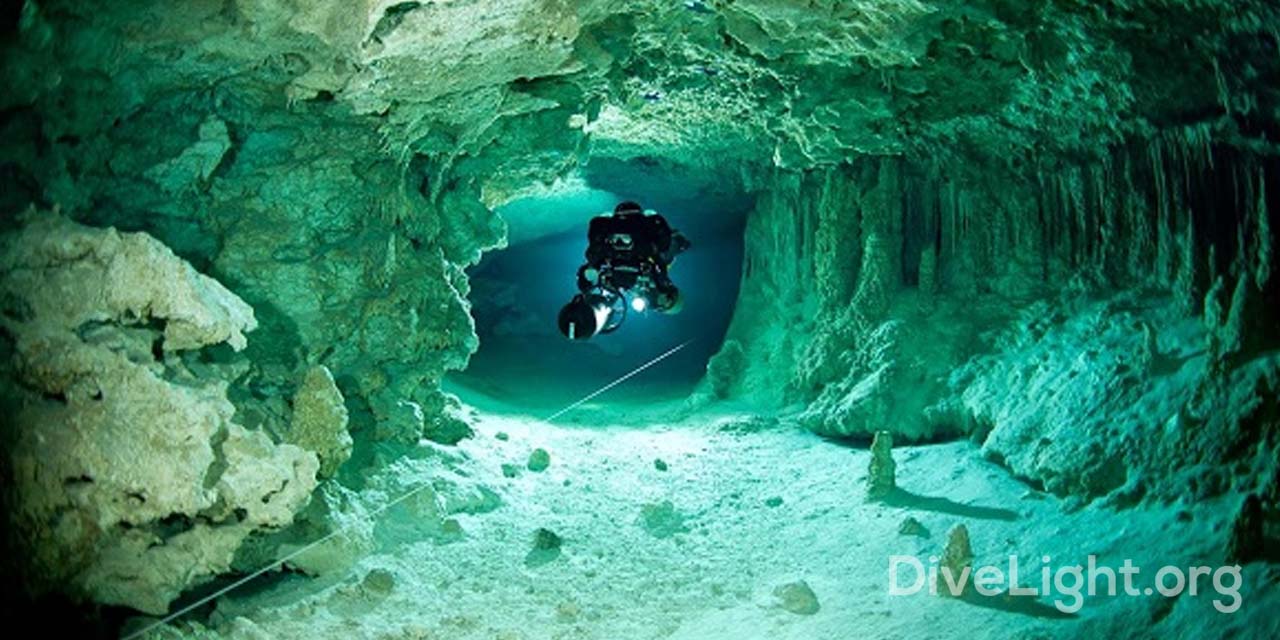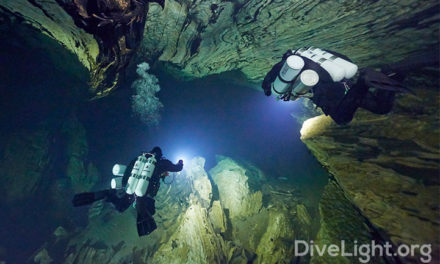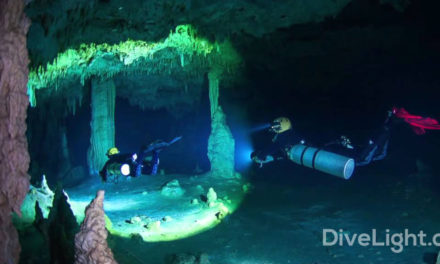Cave dive light lumens are one of the many aspects used to measure the quality of a light. However, most users confuse lumens with watts, which are too different from each other. While a watt is a measure of the energy consumed by a bulb, lumens is the measure of bulb brightness. Neither is wattage relative between any two lights as the light producing element contributes intensely to the light produced. Diving lights range anywhere from 50 to 10,000 lumens.
Your choice of cave light largely depends on the nature of the caves you are exploring and the purpose. Cave diving lights with at least a 200-lumen output are sufficient for recreational diving. On the other hand, lights with 300 lumens are best suited for photography while in the depths of the water. An experienced videographer will, however, go for 900-plus lumen lights for taking videos. Carrying a backup light with a lower lumen output is encouraged to be safe in your adventure.
In addition to the lumen factor, beam angle greatly affects the performance of lights. While beam angle may vary anywhere between 1 and 180 degrees, there exists a preferred range for every application. Most cave dive lights have a beam angle of 7 to 12 degrees for a greater distance of viewing under water. A recreational diver would do with a 12 – 20 degree light.
Besides beam angle and the measure of brightness, there are several factors worth considering when selecting a cave light. Aim for lights that can be clipped to the clothing or strapped around your wrist to avoid extra load on your hands. Light projection is equally important especially in cave diving where shinning light on a single spot is essential. Unless all of these factors are put into consideration, you might end up with a very high lumen light of very little use.






